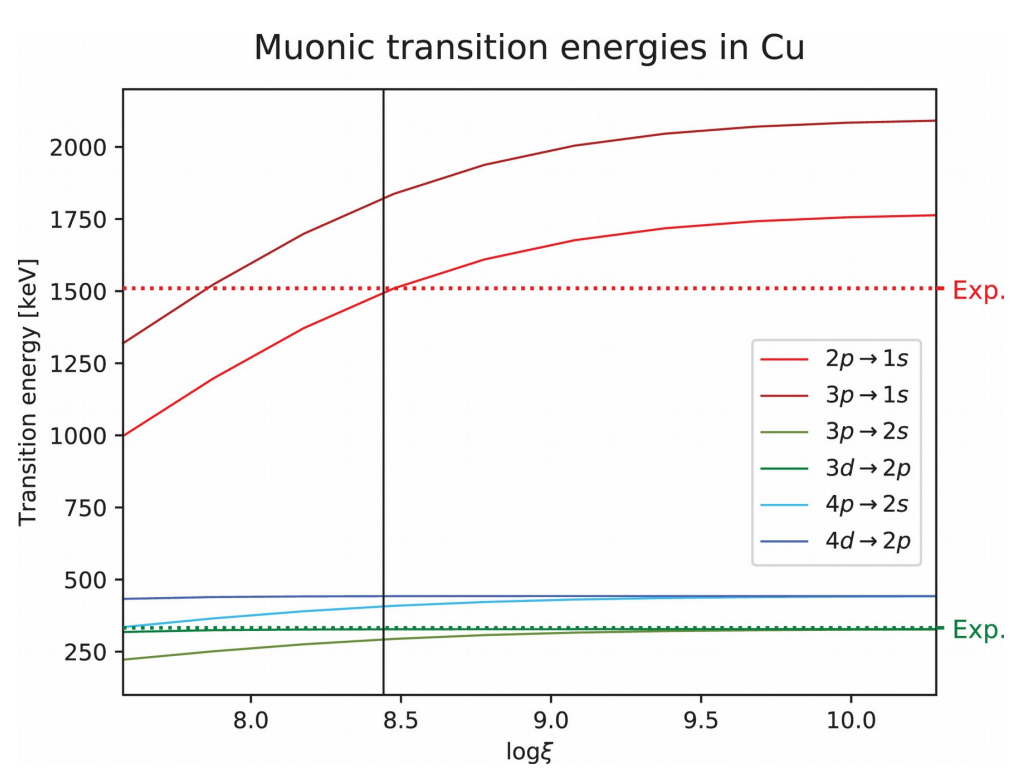Ab Initio calculation on muonic atoms and molecules
Mihkel Ugandi1), Ignacio Fdez Galván1) , Per-Olof
Widmark2), and Roland Lindh1)
1) Department of Chemistry – Ångström, Uppsala University, Uppsala, Sweden
2) Department of Theoretical Chemistry, Lund University, Lund, Sweden
In this work, we investigated muonic atoms and molecules from a quantum chemist’s viewpoint by incorporating muons in the CASSCF model. With the aim of predicting muonic X‐ray energies, primitive muonic basis sets were developed for a selection of elements. The basis sets were then used in CASSCF calculations of various atoms and molecules to calculate muonic excited states. We described the influence of nuclear charge distribution in predicting muonic X‐ray energies (see Illustration 1). Effects of the electronic wave function on the muonic X‐ray energies were also examined. We have computationally demonstrated how the muon can act as a probe for the nuclear charge distribution or electronic wave function by considering lower or higher muonic excited states, respectively.

Illustration 1: Dependence of muonic transition energies on the logarithm of
the Gaussian nuclear charge distribution. The vertical line denotes the
default value, ξ = 2.767 ⋅ 108, for the Gaussian nuclear charge distribution.
For comparison we have depicted the experimental transition energies with
dashed horizontal lines.